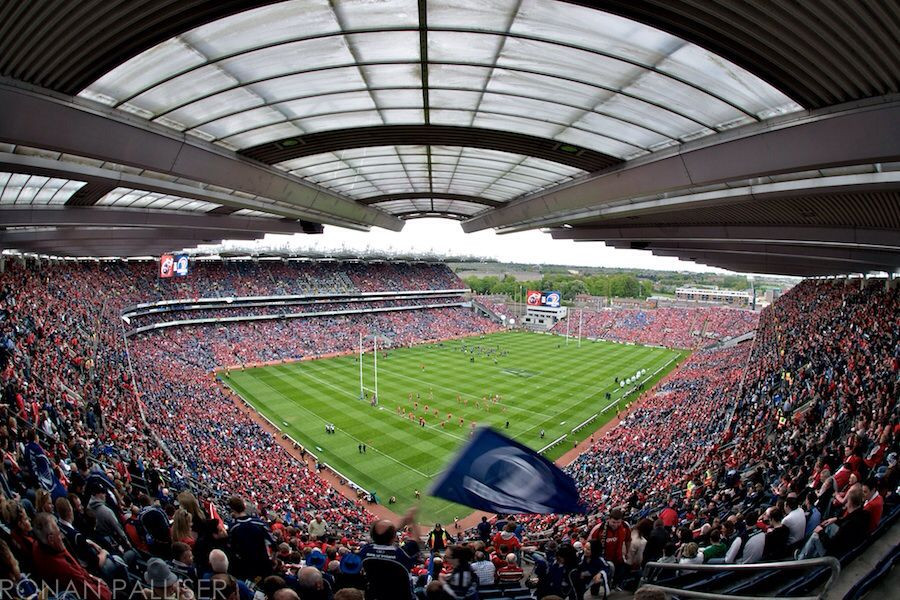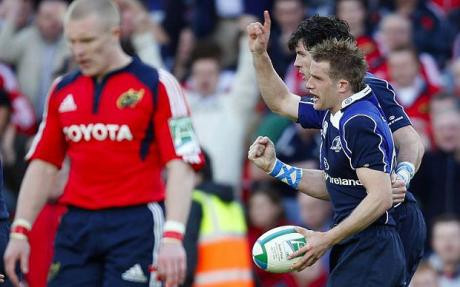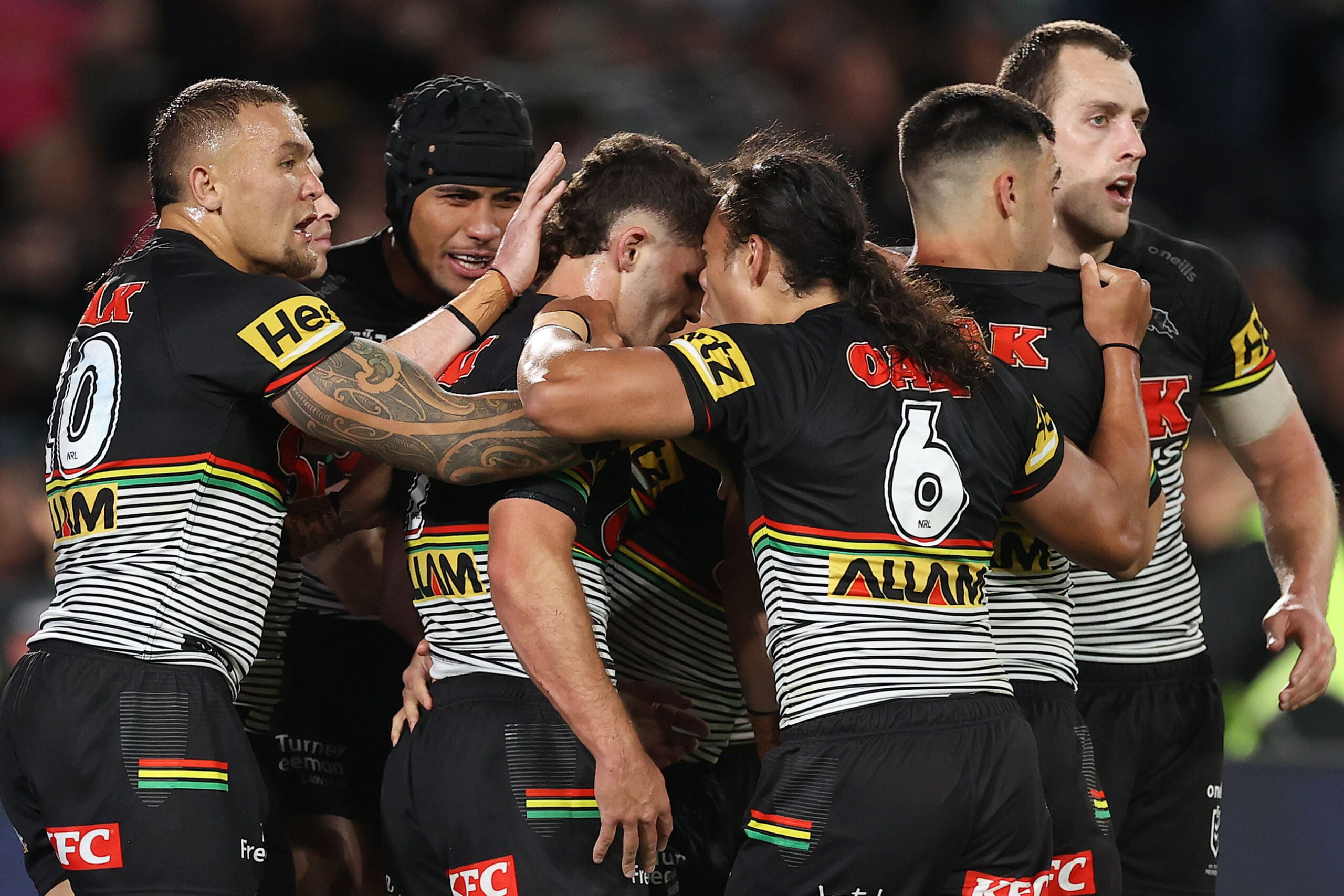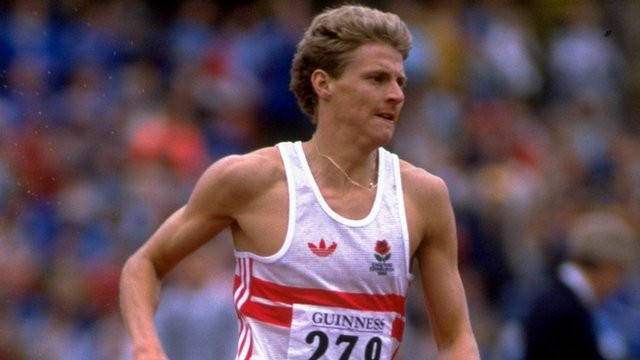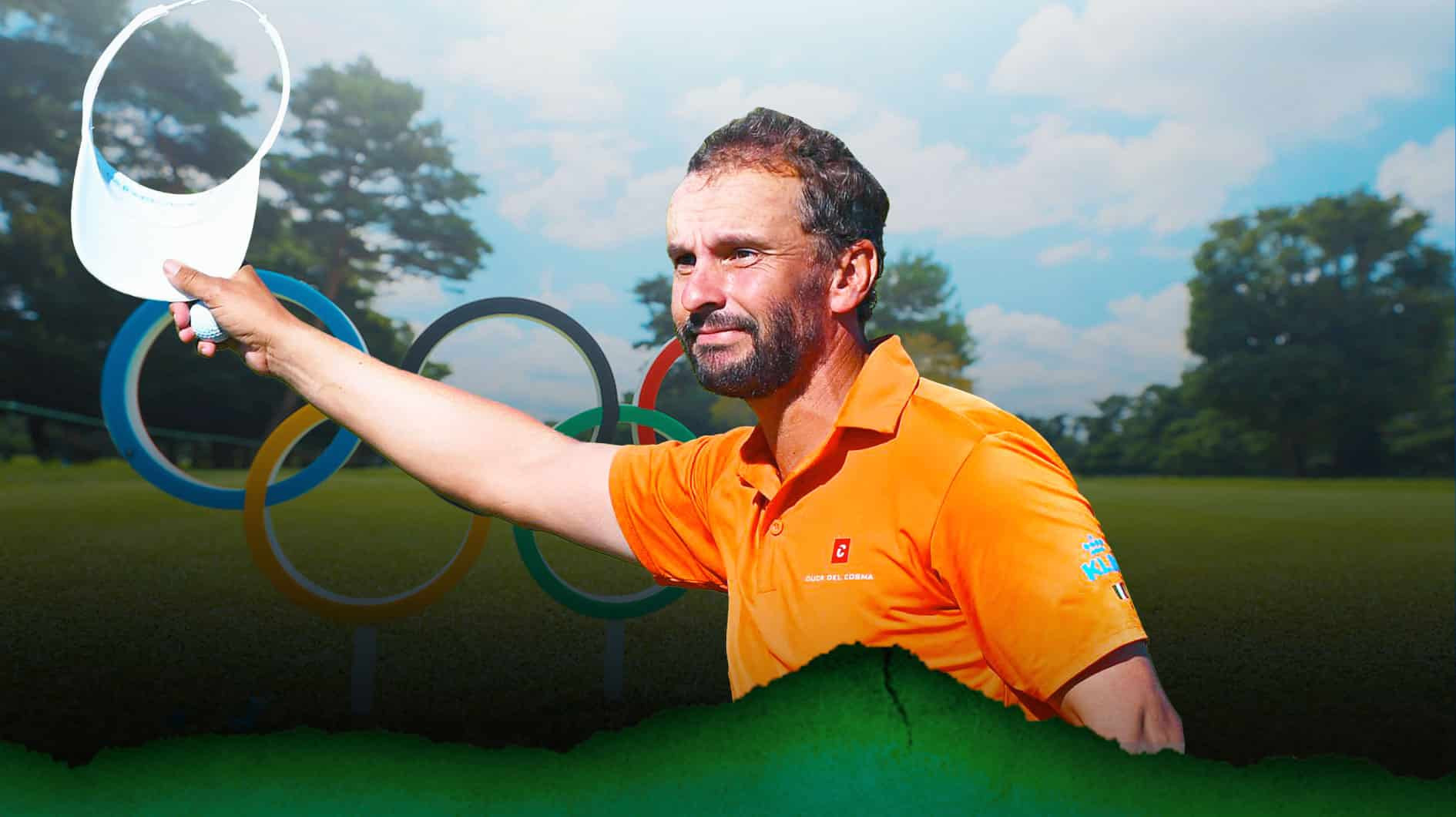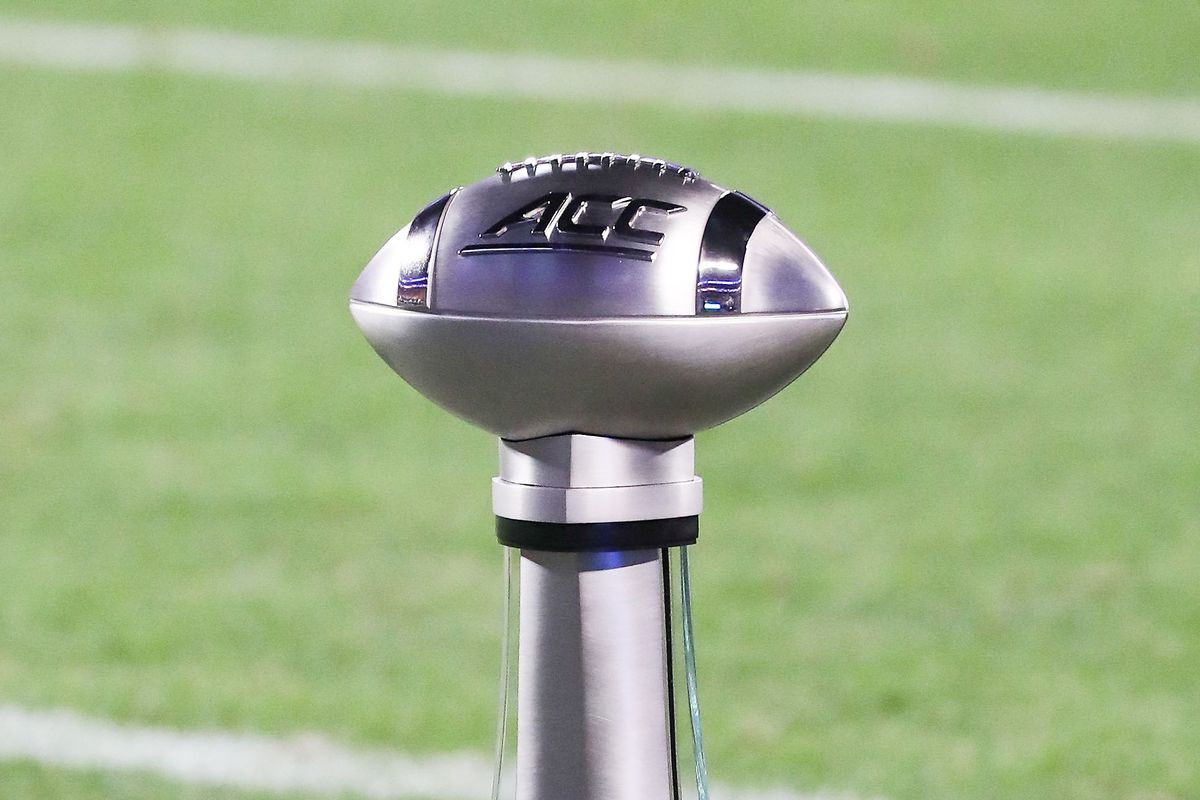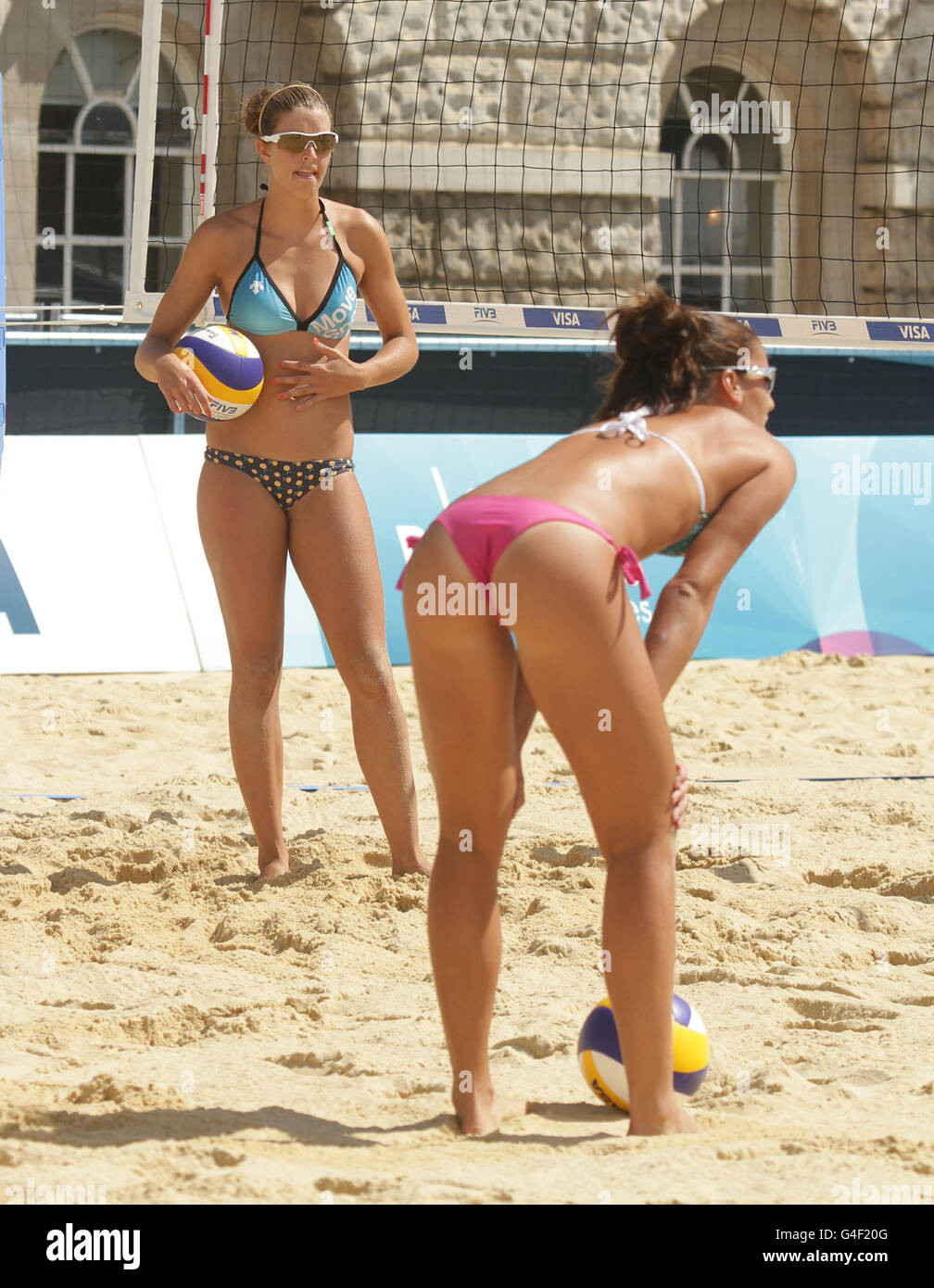The air crackled with anticipation as over 80,000 rugby enthusiasts packed into Croke Park, the home of Gaelic games, for the historic clash between Leinster and Munster. The numbers spoke volumes – a record attendance for a BKT URC match, a testament to the unparalleled rivalry between these two Irish rugby giants. This surely seals it, a record attendance at a BKT URC match in Croke Park fully 15 seasons on from a record attendance at a Champions Cup game. Leinster and Munster may be the fiercest of rivals, but as a result they can jointly take a bow, for they can legitimately claim to have the biggest rivalry in world club rugby.
Saturday evening’s near 81,000 attendance underlines the point, smashing the previous URC record of 68,262 that attended the ‘Judgement Day’ Welsh double header at Cardiff’s Principality Stadium back in 2016. While the world record attendance for a club game remains the 83,761 crowd at the competitively priced Premiership game between Saracens and Harlequins at Wembley in May of this year, these examples were one-offs. Leinster-Munster attendances have consistently dwarfed all others over the last two decades.
The Phenomenon of Leinster-Munster Rivalry
The Leinster-Munster rivalry is not just about on-field battles; it's a phenomenon that transcends the sport and captures the hearts and minds of fans. The 40 meetings since the 2005-06 Champions Cup semi-final at the old Lansdowne Road, excluding the five matches behind closed doors during lockdowns, have attracted over 1.25 million spectators, averaging over 31,000 per game. After Saturday evening’s encounter, that average will increase to 32,500-plus since 2006.
The rivalry has long since outgrown Dooradoyle, Temple Hill and Donnybrook, and the massive crowds it draws are a testament to its enduring appeal. It's a rivalry that has generated millions for the coffers of Leinster, Munster and the IRFU, yet it took a while for the penny to drop, as it were, about its commercial potential. The first inkling that this auld rivalry, the first of 170 meetings dates back to 1877, might have something special about it came with the inaugural Celtic League final at the old Lansdowne Road in December 2001 when 35,000 attended.
A Rivalry's Evolution
The seeds of this rivalry were sown long ago, but it truly blossomed in the late 1990s and early 2000s. While there was an intense Leinster-Munster rivalry among the players and at club level, with five-figure crowds a regular occurrence in the 90s, it took a while for this to be transferred to supporters of the two provinces. Back on August 21st, 1998, when Thomond Park was being upgraded for the 1999 World Cup, Munster hosted Leinster at Garryowen’s ground in Dooradoyle. Accounts vary as to the attendance, but if anyone tells you they were there, take it with a good dollop of salt.
Leinster won 24-18, thanks to tries by Girvan Dempsey and Shane Horgan – neither of whom had yet been capped by Ireland – and 14 points from Alan McGowan. The following season Munster completed a double over Leinster en route to retaining the interprovincial title with 31-20 and 30-13 wins at Temple Hill and Donnybrook. It wasn’t always like this.
The rivalry took a dramatic turn in 2006, with the Heineken Cup semi-final at the old Lansdowne Road serving as a watershed moment. This encounter, a sea of red with Munster fans out in full force, proved a pivotal point in the rivalry's trajectory. The game was a day of awakening for Leinster. “It galvanised me, and our coaching staff,” the former Leinster CEO Mick Dawson said subsequently. “They said we weren’t good enough on the pitch and we said we weren’t good enough off the pitch.”
A Shift in Power
The rivalry's evolution continued with Leinster's victory over Munster in the 2009 Heineken Cup semi-final at Croke Park, a turning point that marked a significant shift in the balance of power. Munster, twice champions in the previous three seasons, were hot favourites, but for Brian O’Driscoll and the home-grown galacticos, reinforced by Ricky Elson, Isa Nacewa, CJ van der Linde and Chris Whitaker, there was no turning back, least of all when Johnny Sexton replaced Contepomi. Munster had won 12, drawn two and lost five of the previous 19 clashes, and from 1990-91 to 2009-10, Limerick and Cork clubs won 17 of the first 20 AIL titles. Starting with that day, Leinster have won 29 of the last 38 meetings, while their clubs have won nine of the last dozen AIL titles. Where Munster were bulk suppliers up to and including the 2009 Grand Slam, Leinster have since filled that role.
A Rivalry That Keeps on Giving
The rivalry's intensity hasn't waned, it's simply evolved. The two provinces have facilitated each other’s wishes, and Leinster have swelled their budget by regularly moving their home clash with Munster, and one European pool game, to the Aviva. Had they drawn La Rochelle at home in the pool stages this season, they’d have moved that tie to Croke Park as well, but their annual home meeting with Munster remains a standout marquee fixture. The return of so many Irish frontliners last week – and the unveiling of Snyman – for their first game since the epic second Test win in Durban also saw a spike in ticket sales.
Fresh plot lines help, as does six weeks to sell the game. And to think that a huge audience will also be watching on RTÉ. A quarter of a century on from Dooradoyle, it’s come a long way all right. The rivalry doesn’t stand up very well to the description if the same team keeps winning. It has surely inspired their fan base to travel on Saturday and anecdotal evidence suggests that the novelty value of Munster’s first venture to Croke Park since that day in May 2009 has swelled ticket sales.
A Look Ahead
As both teams gear up for the upcoming season, the rivalry promises to continue its captivating run. This year, it's not just about on-field victories; it's about the spectacle, the atmosphere, and the unwavering passion that makes the Leinster-Munster rivalry a truly unique phenomenon in the world of club rugby. Leinster head coach Leo Cullen has acknowledged the impact of the rivalry: “It’s a huge game for both sides. It’s a fantastic opportunity for both teams to play in front of a record crowd, and I’m sure the atmosphere will be electric.”
The Power of Rivalry
The rivalry between Leinster and Munster transcends the game; it's a cultural phenomenon that embodies the spirit of competition and the enduring passion for rugby in Ireland. It's a rivalry that has brought about record crowds, generated millions of euros for the clubs, and created a legacy that will continue to inspire generations to come. As Graham Rowntree, Munster's head coach, said, “This is what we live for.”
What's Next?
The Leinster-Munster rivalry is a testament to the power of sport to unite and divide, to inspire and ignite passion. As the teams prepare for their next clash, the world of rugby will be watching, waiting to see what new chapters will be written in this epic saga. The rivalry is a force that will continue to shape the landscape of Irish rugby for years to come.




